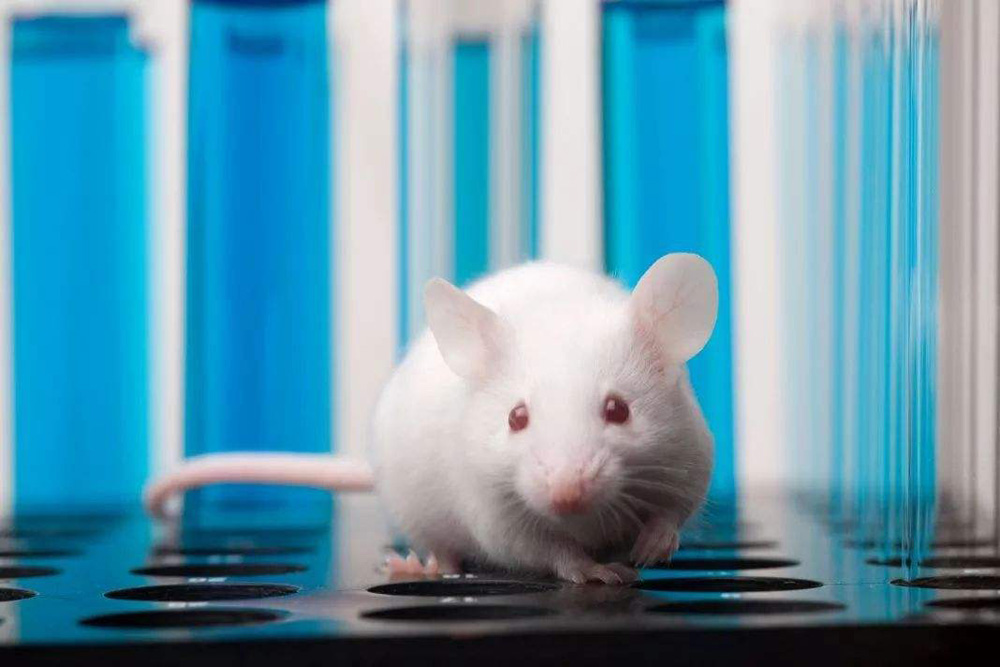The successful development of all anticancer drugs requires a crucial step prior to human trials, the preclinical assessment of the efficacy of the treatment using in vivo and in vitro platforms. Patient-derived xenograft (PDX) models, developed by engrafting patient tumor tissue in immunodeficient mice, are often an important and widely used in vivo platform and have been considered to be more realistically representative of tumors than in vitro tumor cell cultures Growth in vivo microenvironment.
As of July 2020, at least 4,031 PDX models have been included in the Global Cancer Model Portal (PDX Finder); there are at least 19,242 research papers related to cancer mouse models in the Mouse Tumor Biology Database.
However, many anticancer drugs that showed promise in the PDX model have since faded out of view. Because anticancer drugs that successfully kill tumor cells in mouse models have repeatedly failed in human trials. What is the reason why so many sparks of hope have finally become a dream bubble?
In a study published in Nature Communications, a research team from the University of Texas Health Science Center found a potential cause of this phenomenon.
Although the PDX model plays a key role in anticancer drug development, it also faces some significant challenges. Previously, several studies have reported virus infection of individual PDX models, including murine endogenous retroviruses isolated from colorectal cancer PDX and derived cell lines, and PDX models infected with xenogeneic murine leukemia virus. However, due to the small sample size of these studies, the assessment of the impact of PDX tumors is also very limited.
Next-generation sequencing (NGS) technology provides an unprecedented opportunity to assess the viral infection of PDX tumors and its impact on the PDX genome.
In this study, the researchers sequenced and quantified existing RNA molecules in cells, starting with data generated by RNA sequencing (NGS technology). They found that human-derived PDX tumors (170 of 184 conventional RNA-seq samples) were extensively present in murine viral RNA-seq compared with tumors cultured in a xenograft-free setting, and many were associated with cancer, immunity, and drug metabolism. There were significant differences in the expression levels of related genes in the high viral load samples.
“We found that when human tumors were transplanted into mice, the tumors were different from those in patients,” said W. Jim Zheng, Ph.D., a professor in the School of Biomedical Informatics and corresponding author of the study. Most of the tumors we examined The tumors were all infected with the mouse virus.”
The infection was associated with significant changes in tumors, which the researchers said could affect the plausibility of PDX as a model for human drug trials.
When the researchers used the PDX model to look for ways to kill tumors, they thought the tumors in the mice were the same as those in cancer patients, but that wasn’t the case. When a cancer drug is thought to kill the tumor, the results of the cancer drug trial can look very promising, but in reality, it will not work in human trials because the drug kills the tumor. The only cancer cells in mice infected with the mouse virus.
The researchers hope the discovery will change the field’s search for ways to kill tumor cells.
“We all have a common goal of finding a cure for cancer,” Zheng said. There are currently 210 NIH-funded projects related to the PDX model underway, with a total annual budget of more than $116 million USD. We need to strengthen quality control and use mouse tumor models that are not infected with the mouse virus so that the treatments we offer patients in the future are effective.”
References:
Presence of complete murine viral genome sequences in patient-derived xenografts . Nature









